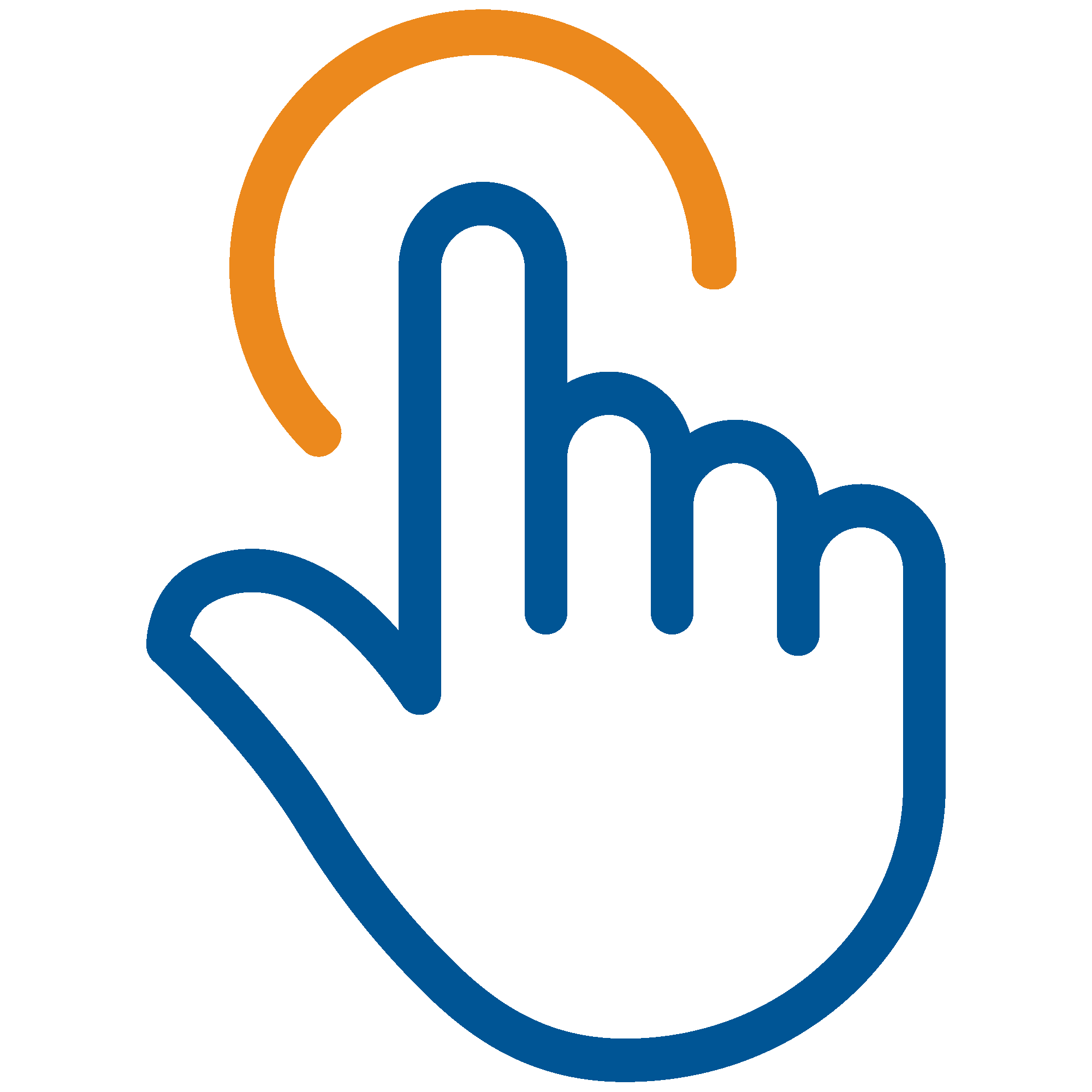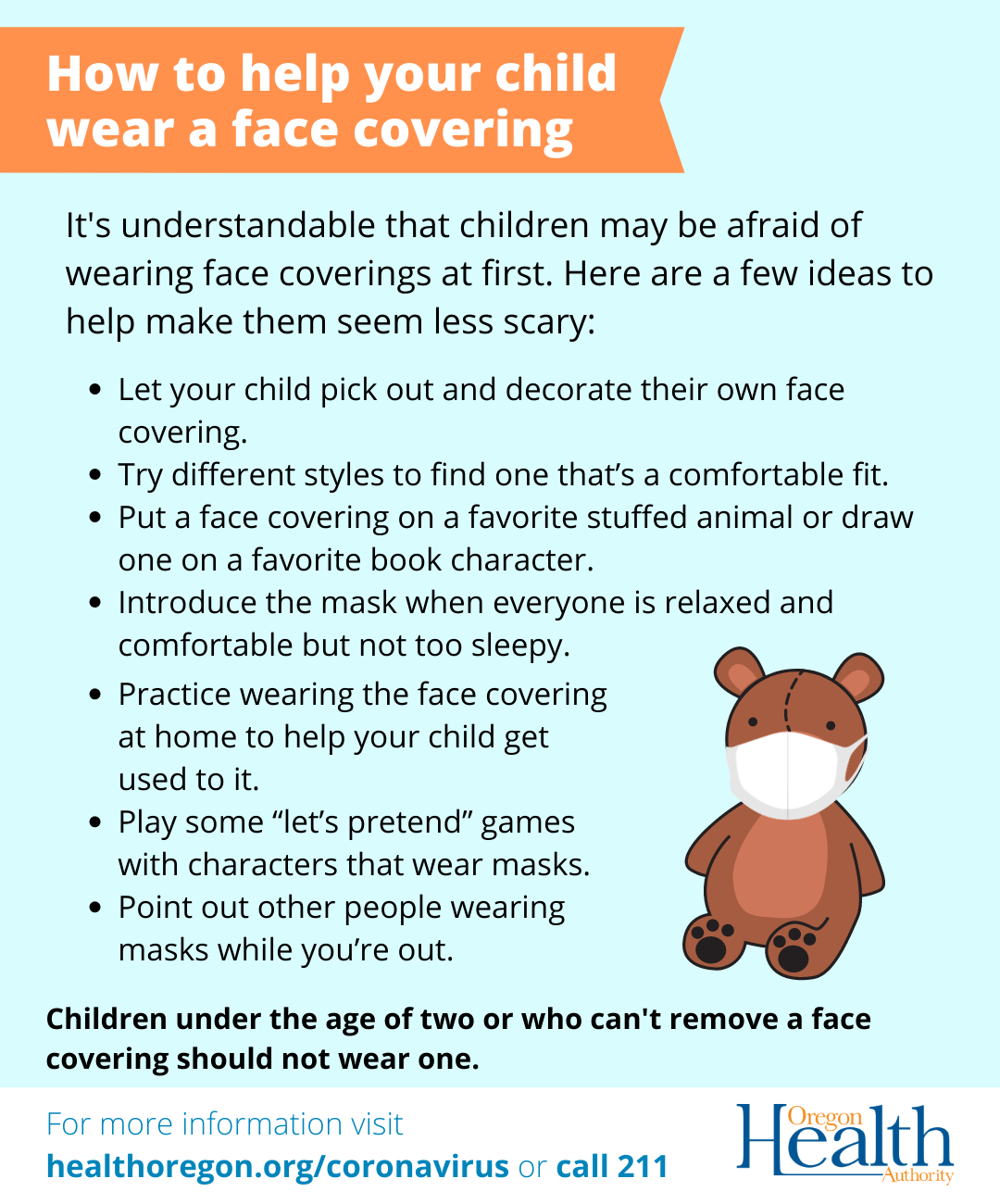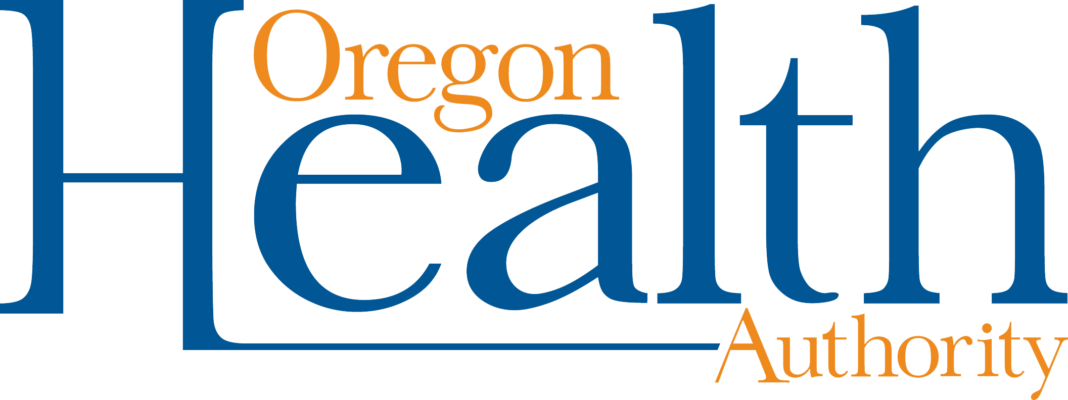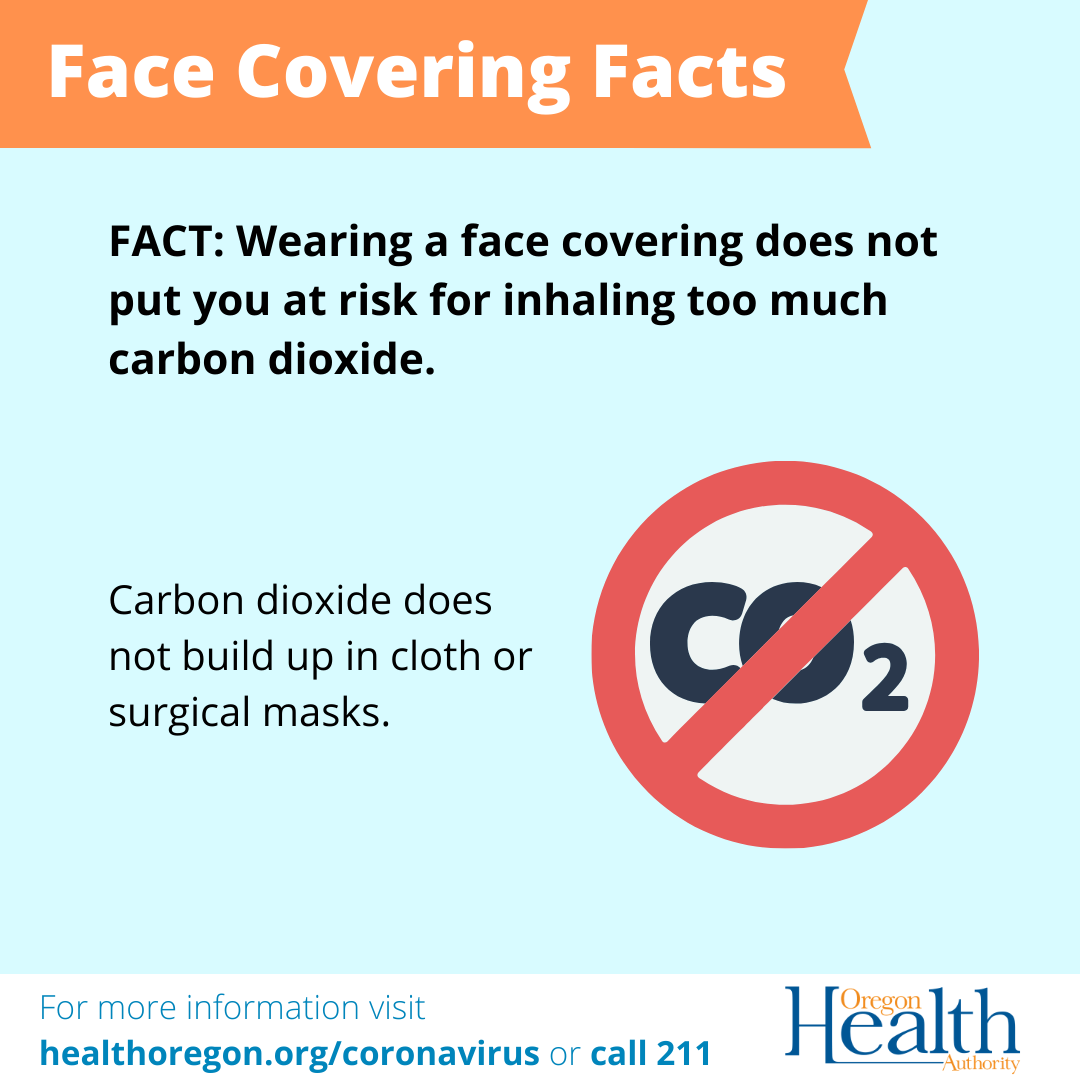Mask Recommendations & Requirements
Signage
Masks are required in healthcare settings following OAR 333-019-1011.
Governor Kate Brown announced on February 28, 2022, in concert with the governors of California and Washington, that indoor mask requirements will be lifted at 11:59 p.m. on March 11, 2022. In Oregon, this includes lifting mask requirements in schools.
There are some exceptions, and masks will still be required in health care settings. Scroll down for more information. The public is welcome to check back on this site for regular updates related to these changes.
Note: OHA has no current plans to lift mask requirements in healthcare settings under OAR 333-019-1011.
OHA has no current plans to lift the COVID-19 Vaccination Requirement for Healthcare Providers and Healthcare Staff in Healthcare Settings (OAR 333-019-1010)
OHA has no current plans to lift the COVID-19 Vaccination Requirements for Teachers and School Staff (OAR 333-019-1030)
Settings that may have additional guidance
The following settings may have additional masking requirements. OHA recommends that individuals check requirements before accessing services in these settings.
- Childcare Operations
- Planning for the 2022-23 School Year
- Health Settings
- Houseless Shelters
- Correctional Facilities
- Certain workplaces as required by the Oregon Occupational Safety and Health Administration (OR-OSHA)
- Other settings where an owner or operator has additional requirements for masking
OHA strongly recommends that:
- All individuals that wish to wear a mask continue to do so.
- All people in Oregon support the right of other individuals to choose whether and when to wear a mask.
- Individuals continue to wear a mask when on public transportation, in ride-sharing services, on airplanes and in transportation hubs such as airports.
- Individuals review the Centers for Disease Control and Prevention’s (CDC) Community Levels to understand the rate of COVID-19 transmission in their community.
- Individuals who live in communities with high transmission continue to wear a mask or face covering when in indoor public places, including in schools and other community settings.
Why wear a mask?
COVID-19 spreads when an infected person breathes out droplets and tiny particles that contain the virus. Other people can then inhale these droplets and particles. Because the Omicron variant spreads more easily than the Delta variant, wearing a well-fitting mask is more important than ever to slow the spread of COVID-19.
- The Science of Masking to Control COVID-19 - CDC Summary
- Decline in COVID-19 Hospitalization Growth Rates Associated with Statewide Mask Mandates — 10 States, February 12, 2021.
- Association of Country-wide Coronavirus Mortality with Demographics, Testing, Lockdowns, and Public Wearing of Masks. December 2020.
- Mask-wearing and control of SARS-CoV-2 transmission in the USA: a cross-sectional study. January 19, 2021.
- Association of State-Issued Mask Mandates and Allowing On-Premises Restaurant Dining with County-Level COVID-19 Case and Death Growth Rates – United States, March 12, 2021.
- Effectiveness of Adding a Mask Recommendation to Other Public Health Measures to Prevent SARS-CoV-2 Infection in Danish Mask Wearers : A Randomized Controlled Trial. November 18, 2020.
- "You can leave your mask on": effects on cardiopulmonary parameters of different airway protection masks at rest and during maximal exercise. March 7, 2021.
- Maximizing Fit for Cloth and Medical Procedure Masks to Improve Performance and Reduce SARS-CoV-2 Transmission and Exposure. February 19, 2021.
- Strategies to minimize SARS-CoV-2 transmission in classroom settings: Combined impacts of ventilation and mask effective filtration efficiency. 2021
- Speech can produce jet-like transport relevant to asymptomatic spreading of virus. Oct 13, 2020
Even when not required, OHA recommends individuals wear masks in certain situations (like in outdoor crowded areas) to slow the spread of COVID-19. Review OHA’s Public Health Recommendations: Wearing Masks, Face Coverings and Face Shields and Physically Distancing for more information.
What kinds of masks are acceptable?
Face coverings come in many forms, including homemade cloth face coverings,, disposable surgical masks and high-filtration efficiency options such as N95, KN95 and KF94 respirators from trusted sources. Unless you are wearing one of the high-filtration options, wearing two masks is even better. Start with a disposable surgical mask next to the face, followed by a cloth mask on top that fits snugly so that less breath (and particles) escapes. Do not wear two disposable masks.
OHA recommends wearing a face shield only in limited situations when it is appropriate, like talking to someone who is deaf or hard of hearing and needs to read lips to communicate.
![]()
How to wear a mask
Masks and face coverings are most effective when they cover both your mouth and nose. Not all masks are washable, but cloth masks should be washed regularly, and only worn once they are completely dry.
![]()
Masks and disabilities
If someone with a disability is unable to wear a mask or alternate face covering (like a face shield), they can request a reasonable accommodation from businesses that require face coverings. These accommodations might look like grocery store pick-up or pharmacy delivery. Learn more about the ADA and face mask policies.
For Caregivers: Remember to only put a face covering on someone who is able to adjust and remove it themselves.
![]()
For children 2 years and younger
OHA strongly recommends that individuals under the age of two (2) do not wear a mask, face covering or face shield. Children two (2) years of age and older are required, however, to wear a mask on public transportation and when in transportation hubs.


Removing a Face Covering
By now, we all know that wearing a face covering is a simple step you can take to help prevent the spread of COVID-19. But what you do with them after you wear them is important, too. To minimize your risk of infection, wash hands your before and after touching your mask, and wash cloth masks daily. Masks should never be worn when wet or damp. After laundering, make sure your face covering is completely dry before wearing.

Masks and Kids
Parents, families and caregivers may be wondering what age a child should be in order to safely wear one. Cloth face coverings should not be placed on children under age 2. It's very important that you never put a mask or face covering on an infant (or an adult) who is not able to adjust or remove the mask themselves. This could compromise their ability to breathe. You can find more information about using face coverings to slow the spread of COVID-19 on the CDC website.

Face Coverings Prevent the Spread of COVID-19
It's simple: Wearing a face covering is one of the most effective things you can do to prevent the spread of COVID-19. Help us keep COVID-19 from spreading and keep Oregon's reopening on track by wearing a face covering if you're able.
Face Covering Facts
Accessibility: For individuals with disabilities or individuals who speak a language other than English, OHA can provide information in alternate formats such as translations, large print, or braille. Contact the Health Information Center at 1-971-673-2411, 711 TTY or COVID19.LanguageAccess@dhsoha.state.or.us
Printing requests: You can download materials on this page. OHA does not offer paper versions. Please feel free to print whatever you need.
Language access: OHA is working to provide original content in languages other than English. Many of the materials in our community resources section are available in multiple languages. OHA is also providing the Google™ Translate option to assist you in reading the OHA website in languages other than English. Google™ Translate cannot translate all types of documents and may not provide an exact translation. Anyone relying on information obtained from Google™ Translate does so at their own risk. OHA does not make any promises, assurances, or guarantees as to the accuracy of the translations provided.
Facebook Español Twitter YouTube

%20(5).png)



